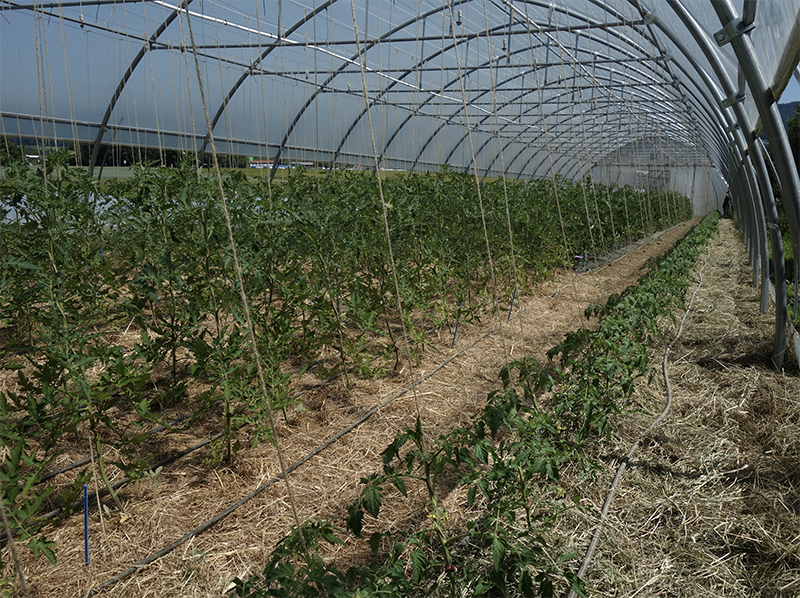Transfer mulch in organic greenhouses
A new leaflet from the project, "Greenresilient", outlines the benefits, risks and challenges of transfer mulch as well as how to use it in organic greenhouses.

In organic greenhouses, crop rotations are generally intense and lack diversity, green fallows are rare, and production relies heavily on external inputs. Consequently, problems like soil salinity, nutrient imbalances and crop damage from pest and disease are common. In the Greenresilient project the use of transfer mulch is applied as an ‘innovative’ method and is tested and analysed to determine whether the practice is beneficial for soil health and biodiversity.
This leaflet explains the benefits, risks and challenges of transfer mulch, and provides recommendations for practical application. It also includes a helpful overview of different mulch materials and their characteristics.
Download the leaflet on organic eprints: https://orgprints.org/39053/
Author
Laura Kemper, FiBL, laura.kemper@fibl.org
Greenresilient website: https://www.greenresilient.net
Editor: Karin Ullven / Design: Christine Dilling
